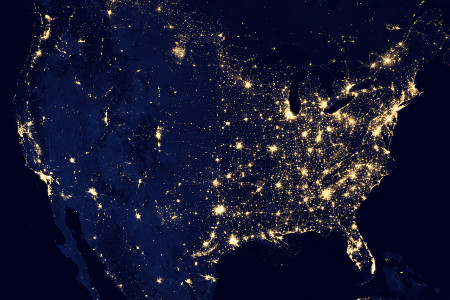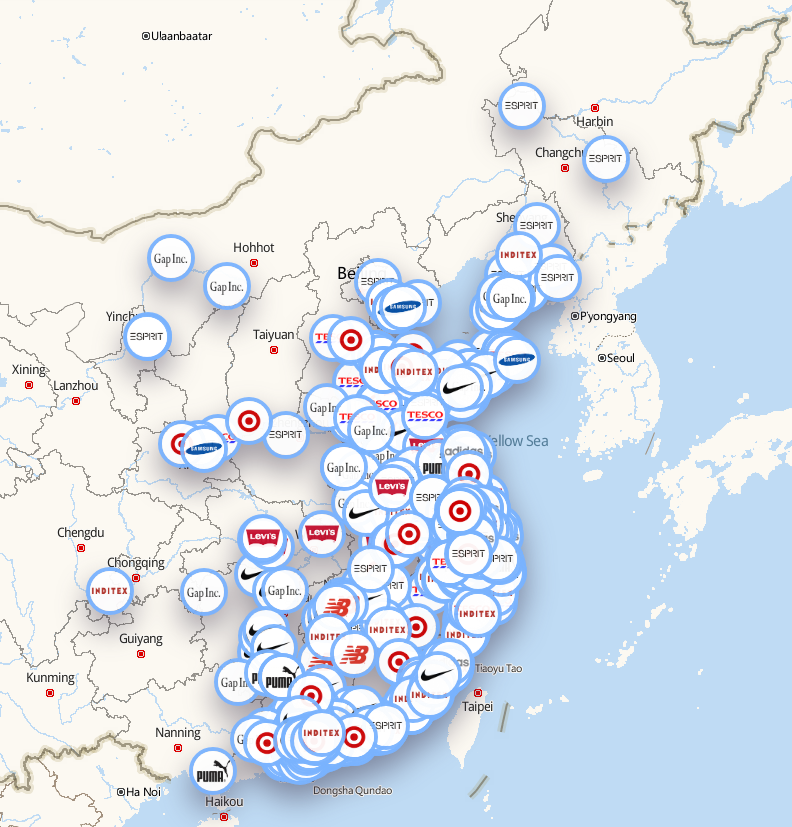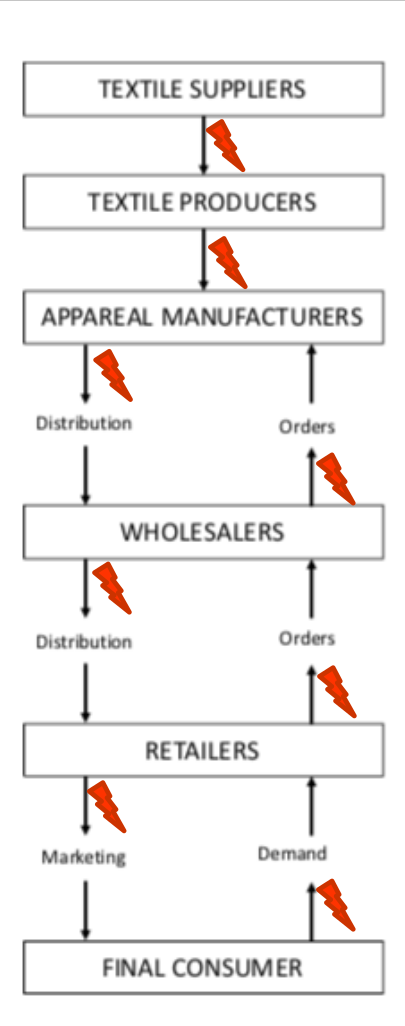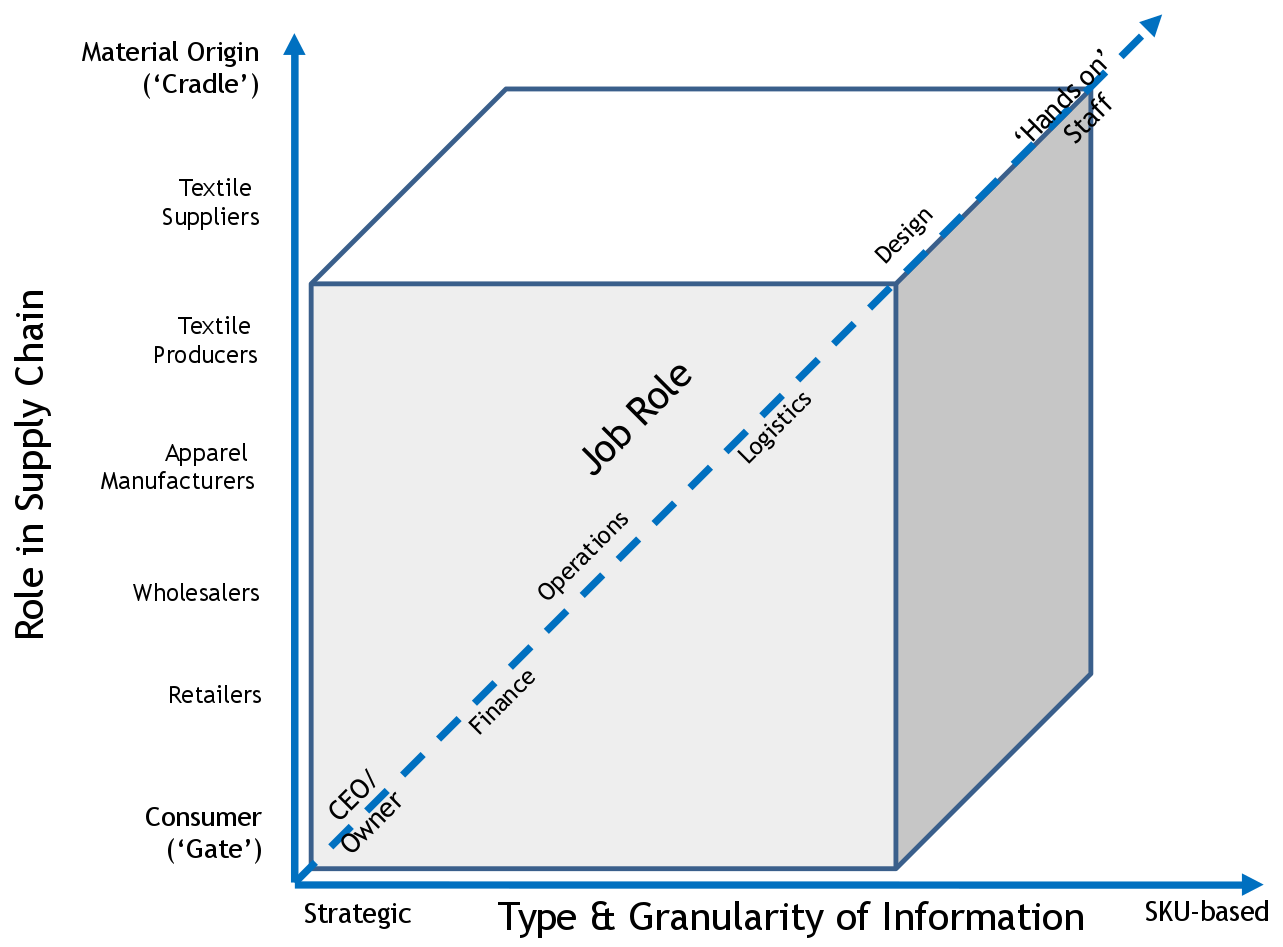
Digital tools and IT systems are a great enabler for more data, more stringent channels of how to communicate what the different players in the chain do, and how they do it, over large distances and across operations and organizations
To communicate sustainability, digital systems of all kinds have become indispensable, and are becoming more important, and more sophisticated, with every passing day. More so, as specific requirements paired with actual data – such as the carbon footprint to take just one example – are by now recognised as being key sustainability impact drivers, and also increasingly a firm part of vendor selection – just as price and quality is.
Yet – digital tools are more human than we think they are … because they, in the end, are representatives of the values and the world view of those that have built them.
The Oxford English Dictionary defines the term ‘Value’ and ‘Values’ as follows:
- Value: “The regard that something is held to deserve; the importance, worth, or usefulness of something.”
- Values: “Principles or standards of behaviour; one’s judgement of what is important in life.”
Digital systems, just like anything else, are coined by, while also coining the same time, how we envision personal relationships in our business transactions. This means that on the one hand they implement what the programmer considered relevant and suitable to be transferred in terms of data and information. They hence represent the values of the corporate, but also social, culture of where and how the system was built. And on the other hand, the users – we – are the extension and implementation of these values. For better, or for worse.

But why does the human interface remain critical no matter what digitalisation brings? And why is this more important than ever, also, and particularly so, when communicating sustainability information? To that purpose, let us revisit for a moment the interfaces along a typical (linear) supply chain where information is being exchanged in some shape or other (Figure 2):

It is a concept that is based on a ‘Big Brother is watching you’, as well as a ‘blame and shame’ approach – something that in is not seen necessarily as something bad in the geography in question. However, a European or North American values perspective may well see this very differently.
Digital systems and electronic data interchange can help streamline and speed the process up. However, there remain plenty of opportunities for the interface to break down (red flashes), nonetheless. The effect is that the human user of any such digital systems always ends up not entirely and fully trusting the data and results of the system.In other words: digital systems of any kind can make the communication process more efficient. But to obtain effectiveness, we also need the human’s trust. If there is no trust, the challenges will – fundamentally – remain.
Novel system such as distributed ledgers (Blockchain being one of them) are often cited seen as the ultimate solution to this problem of data and information integrity within a system. And in a sense this could even be true: Once the information is in the system, it is impossible to tamper with it anymore . However, all of this assumes that each piece of information introduced into the system, is truthful, accurate, verified and represents reality and hence the true state of things. Because as we know: you can build the coolest, most awesome systems, but if garbage goes in, garbage comes out.
This is particularly relevant when it comes to sustainability related information – simply because up until now there have been so many wrong, inaccurate and greenwashed claims, that by default there is no trust existent. Not by the end-consumer, and neither by the different players in the chain: After all, people have made the experience of having been lied to at least once systemically.
This is why human relations and trust into your business partners cannot be replaced by systems, but is the key fundaments upon which the effectiveness of the systems rely. The systems are very good at streamlining processes – but one still needs to be able to trust that what is going into the system is true, correct, accurate and trustworthy:
Personal Relationship +
Verified Quality Information
=> Trust
With that in mind, the question of course is also: Trust is fostered – although not exclusively – by truthfulness and accuracy, and certainly also by supplying the ‘right’ information. But: What is ‘quality information’?

There are many ways to approach this issue of course. One possible way, which has helped the author to wrap her head around this is issues, is illustrated through the following three dimensions of a ‘data cube’ (Figure 3):
- Supply Chain Role: The type of data and information that needs to be made available depends evidently where in the supply chain a company sits, and to whom of the other players the information will need to go. The key question here is: Who will exactly need it? What are their operational goals?
- Job Role: The next question will be: WHO in the receiving organisation is asking for or in need of the data. Is it someone at the top executive level with significant decision responsibility but very little in-depth knowledge about the topic of sustainability? Or is it someone that actually has to get the job done and where fine granular info is critical to do a good job?
- Type & Granularity of Information: Is it info that is intended to take a mid/long-term decision? Or something that impacts current production and operations, possibly at the product level?
So the 5WH (who, what, why, where, when, how) are very relevant for when discussing with business partners the type of sustainability information that is needed and/or are available, and which of their problem/challenges can be concretely solved through it.
A Short Case Study: Wool and New Zealand
In the second half of the 20th century and into the first decade of the 21st century, sheep
farming in New Zealand became increasingly unpopular: low wool prices, tough competition from synthetics, reputational issues of merino wool in general due to mulesing practised in some geographies, concerns about the environmental impact of sheep farming. Farms were being abandoned at an alarming rate, leaving the country’s landscape untended and uncurated.
But then, starting in the mid 1990s, the country’s wool growers started to turn their fate around by doing much more than just joining hands on a national level. Instead they decided to give factual and transparent insights into their work, life and the farms, and in this way leverage their collective strength: By linking shearing clips to the respective farm of origin, visibility was given to the farm and farmers in question. In short, they opened up to give concrete and verifiable answers to where (the wool comes from), who (grew it) and how, what and why (buying from them made a difference) .
This is turn resulted eventually in the following 4 concrete outcomes:
- New Zealand wool became a brand (today called ZQ), and in this way was lifted out of the anonymous and solely price-focused commodity trading schemes that prevailed throughout the industry.
- Multi-season contracts gave the brands and the growers a commercial price stability upon which to build collections and business plans.
- Brands could start to source wool transparently, knowing in detail about its provenance. It allowed them to build the personal relationship with the farmer(s) and trust that the wool that was going into the system, and the credentials it had, indeed was the wool that would end up in their products.
- This again would allow brands to give their consumers the option to learn for themselves about the wool in their products, and in this way reduce the reputational risk to the brand.
Not one single piece of information alone would have been sufficient. The beauty of this approach is that it address the challenges of 3 different stakeholder at once (win-win-win for consumer, brand and grower) by coming up with data and information that did in this way not exist before, and by ensuring that indeed the data can be trusted.
Yet, it can be seen that the personal component is important in the above approach: the farmers stand for the goods they offer, and in this way are willing to be held accountable for the quality and credentials of the material they supply into and through the system. That personal aspect is critical for the creation and maintenance of trust into the system overall.
Acknowledgement:
This article is based on a key note speech given by the author at ‘La Moda E La Blu Economy – Materiali, processi e communicazione nell’era digitale”at the Catholic University in Milan on 28 September 2018. The recording of the original key note presentation can be watched on online:

